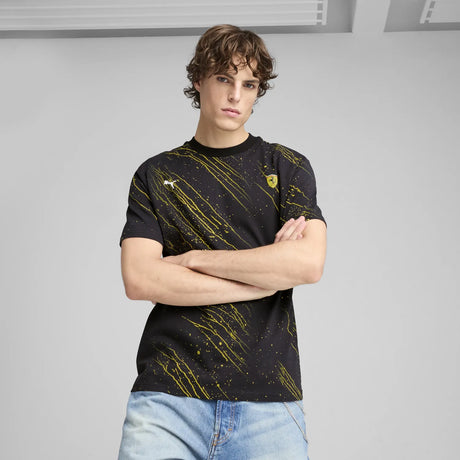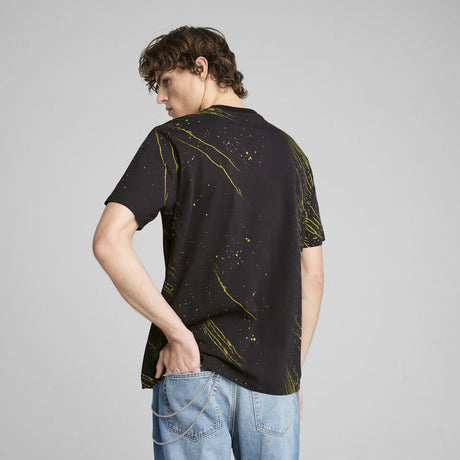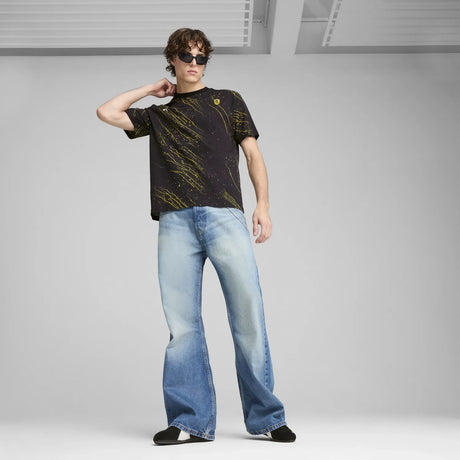In the ever-shifting sands of Formula 1, team stability can be as elusive as a perfect lap in Monaco. Yet, Mercedes-AMG Petronas has made a resolute statement of intent regarding its future line-up, opting to stick with George Russell and young prodigy Andrea Kimi Antonelli for the pivotal 2026 season and beyond. This decision not only demonstrates the team’s confidence in its own development path but also casts a spotlight on the complex interplay of talent, timing, and trust that defines modern F1.
The significance of the 2026 season in F1 cannot be overstated. With sweeping regulation changes on the horizon—including a new generation of engines focused on electrification and sustainability—teams are not simply seeking fast drivers, but adaptable, intelligent partners in technical evolution. For Mercedes, committing early to Russell and Antonelli isn’t just about filling seats; it’s a masterstroke that aims to secure a competitive edge during a transition that will test even the most formidable teams.
George Russell’s retention is hardly surprising. The British driver has consistently demonstrated not just raw speed, but an analytical mind and a maturity beyond his years. Since stepping up to lead the team following Lewis Hamilton’s departure, Russell has earned the trust of engineers and strategists alike, providing crucial feedback and demonstrating resilience in the face of adversity. In the world of F1, continuity is a precious commodity, and Russell’s presence offers precisely that as Mercedes seeks to master the hybrid-engined future.

But it’s Mercedes’ faith in Andrea Kimi Antonelli that truly captures attention and imagination. The Italian phenom has been tipped as a future world champion since his karting days, and his rapid ascent through the junior ranks underscores why the Silver Arrows see him as a cornerstone for the future. By promoting Antonelli rather than chasing after veterans or signing blockbuster free agents, Mercedes is doubling down on its tradition of nurturing young talent—much as it did with Lewis Hamilton in 2007 and later with Russell himself.
The move also sends a signal to the entire paddock: Mercedes is not interested in short-term fixes, but in building something sustainable and innovative. In an era where some rivals are making headline-grabbing deals for established superstars, Mercedes is opting for cohesion, harmony, and a shared developmental vision. The engineers at Brackley and Brixworth are already hard at work on the 2026 car and power unit, and a stable driver line-up means precious feedback and synergy won’t be disrupted by unfamiliar faces or egos. This assurance allows the organization to focus all resources on interpreting and exploiting the rules shake-up to their fullest advantage.
Of course, the gamble is not without risk. Antonelli will face one of the steepest learning curves in the sport’s history as he adapts to both Formula 1 and a new generation of machinery. However, those close to the team indicate that Mercedes is prepared to be patient, providing a nurturing but demanding environment that will allow the Italian starlet to grow. With Russell as a mentor and partner—not just a teammate—the dynamic promises to be one of collaboration rather than intra-team hostility.
The message to the Silver Arrows’ rivals is clear: while others shuffle their chess pieces frantically, Mercedes believes in its blueprint and the people executing it. Although there are still many unknowns heading into the radical 2026 campaign, the Stuttgart-based squad is quietly confident that its blend of proven leadership and youthful exuberance will be the secret to new triumphs.
Formula 1 fans are in for a treat as Mercedes places its bets on the future, combining continuity with the promise of new talent. With the team’s masterplan firmly in place, the upcoming seasons will not only test the squad’s mettle but could also usher in a new era of Silver Arrow supremacy on the global stage.


















































































































































































































































































































































































































































































































